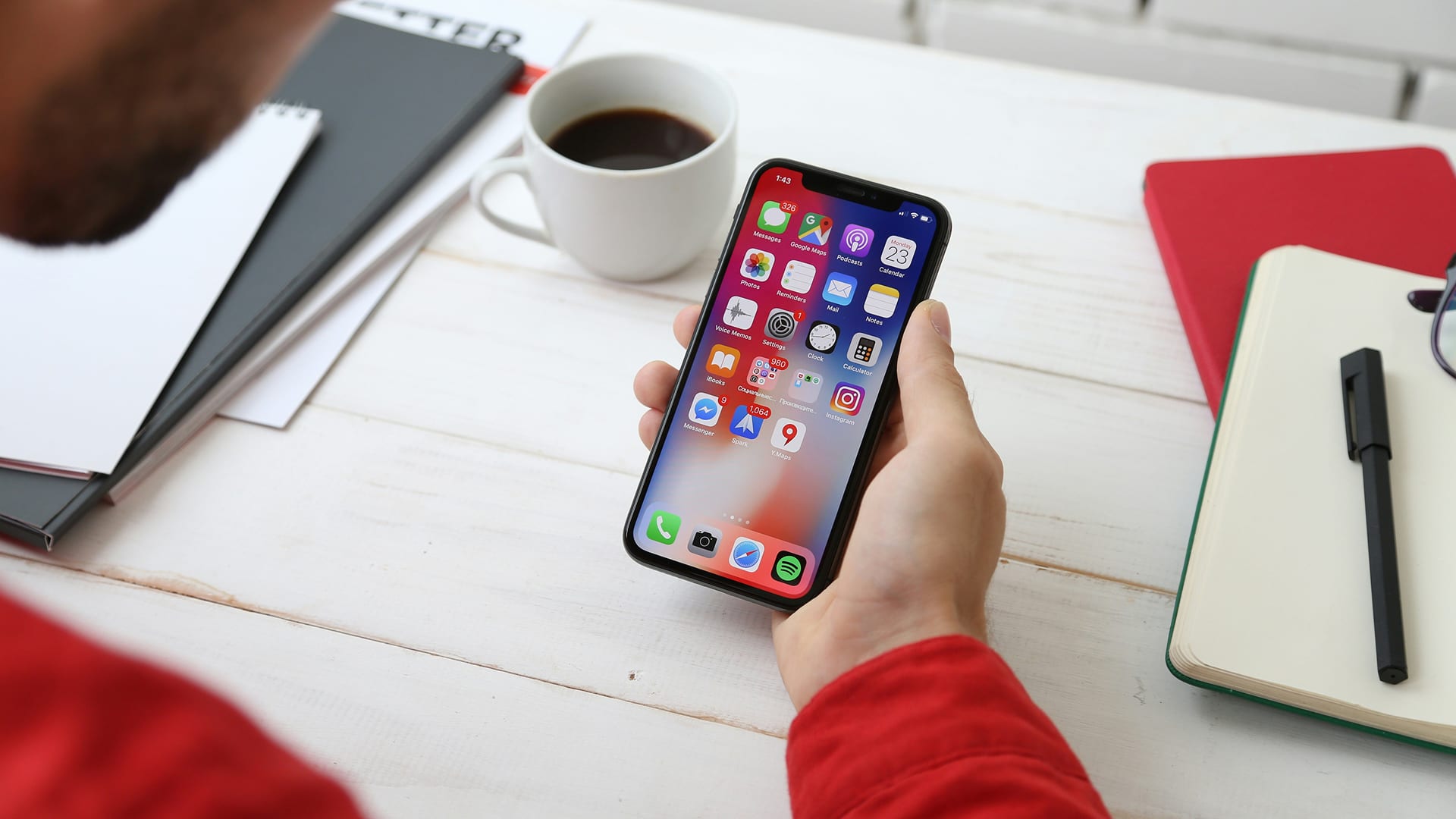
In today’s digital-first world, mobile apps aren’t optional, they’re the backbone of customer engagement. From shopping to healthcare, travel to fitness, mobile apps power the way we live, work, and connect. But while millions of apps are downloaded daily, most don’t survive long on users’ devices. Why? Performance.
A beautiful design or unique idea can spark initial interest, but if the app lags, crashes, or drains battery life, users won’t hesitate to uninstall. Building high-performance mobile apps is no longer just a technical consideration, it’s a business imperative.
This guide explores the challenges businesses face, why performance matters, and practical tips for delivering apps that don’t just work, but win with users.
Why Performance Matters More Than Ever
User expectations are higher than ever. Research shows that 70% of users abandon an app if it takes more than 3 seconds to load. Slow responsiveness or confusing flows kill engagement, no matter how clever the idea behind the app.
Competition is fierce. With over 4.4 million apps across Google Play and the App Store, the competition for attention is overwhelming. Standing out requires seamless performance—not just aesthetics.
Retention beats downloads. Downloads mean little without retention. A user who returns daily is far more valuable than ten who uninstall after the first use. High-performance apps drive loyalty and lifetime value.
Common Challenges Businesses Face
1: Overloaded Features
Too many features slow down performance. Businesses often fall into the trap of building “everything for everyone” instead of prioritizing what truly matters to users.
2: Poor Optimization
Without careful optimization, apps can drain battery, consume excessive data, or feel sluggish on mid-range devices, leading to frustration.
3: Inconsistent User Experience
A lack of design consistency across devices and operating systems results in confusion and high drop-off rates.
4: Scaling Issues
Apps that aren’t designed with scalability in mind crumble under increased traffic, especially during peak demand.
5: Neglected Maintenance
Apps need constant updates. Many businesses launch once but fail to maintain, optimize, and iterate over time.
Top Tips for High-Performance Mobile Apps
1. Prioritize Speed from the Start
Speed isn’t an afterthought, it’s the foundation. Optimize code, compress media files, and avoid unnecessary animations that slow things down. Even milliseconds matter when it comes to first impressions.
2. Design for Simplicity
The best apps remove friction. Focus on intuitive navigation, minimal clicks, and clear calls-to-action. Each extra step risks losing a user. A streamlined flow keeps users engaged and satisfied.
3. Test Across Devices and Networks
Not all users have the latest iPhone or the fastest Wi-Fi. Test apps on mid-tier devices, slow connections, and different operating systems to ensure inclusivity and reliability.
4. Optimize for Battery and Data Usage
Users notice when an app drains their battery or eats up their data. Lightweight coding, smart caching, and efficient APIs reduce resource consumption and boost satisfaction.
5. Build for Scalability
Plan ahead. High-performance mobile apps must scale to handle future growth. Cloud-native infrastructure, modular architecture, and flexible databases allow apps to perform under pressure.
6. Focus on Security Without Slowing Performance
Security and speed go hand in hand. Implement secure login systems, encrypted data handling, and frequent updates—but ensure these measures don’t slow down the user journey.
7. Monitor, Measure, Improve
Use analytics tools to track performance in real time. Crash reports, heatmaps, and user behavior insights help businesses identify weak spots and optimize continuously.
The Balance Between Performance and User Experience
Performance isn’t just technical, it’s emotional. A fast, seamless app tells users you respect their time. Pairing speed with thoughtful design creates an experience that feels effortless and engaging.
Consider a travel booking app. Smooth search filters, quick results, and a clean checkout process reduce frustration and build trust. Users aren’t just booking a trip, they’re experiencing the brand’s promise of reliability.
Case Example: What Happens Without Performance
Imagine an eCommerce app with beautiful branding but poor optimization. Pages load slowly, search results lag, and checkout requires too many steps. Even with strong products, users abandon their carts and competitors win the sale.
Now imagine the same app rebuilt for performance. Search is instant, checkout is one-click, and push notifications feel personalized. Sales improve, reviews get better, and retention skyrockets.
The difference? Performance.
Key Takeaways
- Speed is non-negotiable—users expect instant response.
- Simplicity wins—reduce friction and design intuitive journeys.
- Testing matters—account for different devices, networks, and real-life use cases.
- Scalability ensures growth—plan ahead for higher traffic.
- Continuous improvement is essential—monitor and update regularly.
Conclusion
High-performance mobile apps are more than a technical achievement, they’re a reflection of a brand’s values. Fast, reliable, and user-friendly apps show customers that you care about their time, experience, and trust.
In a world where competition is fierce and attention spans are short, performance is the ultimate differentiator. Businesses that prioritize speed, usability, and scalability don’t just win downloads, they earn loyalty.

